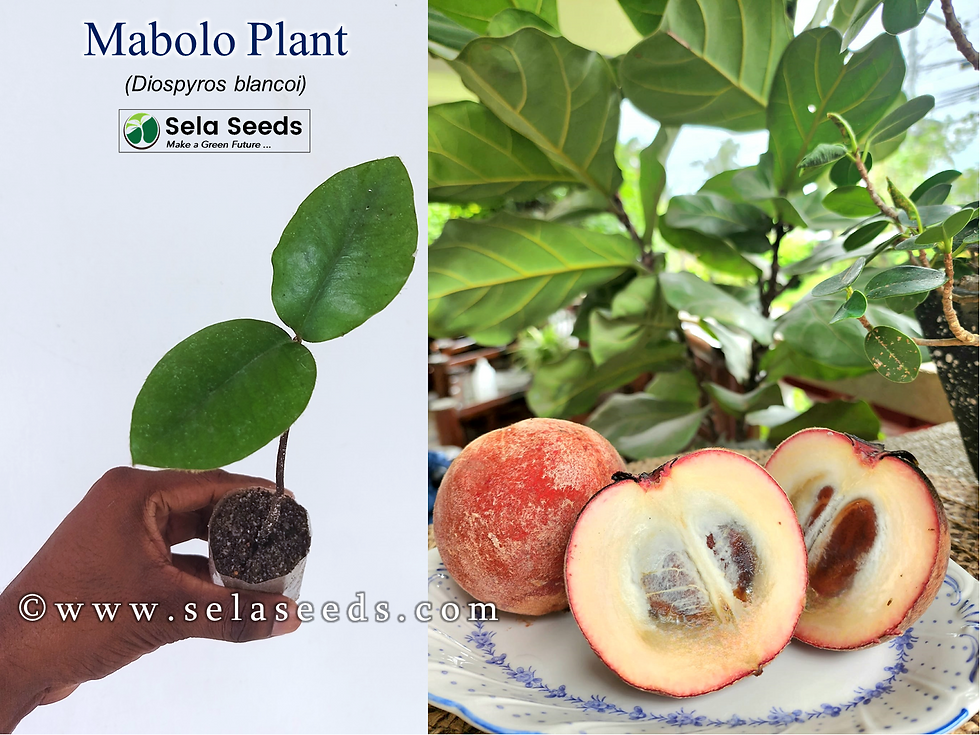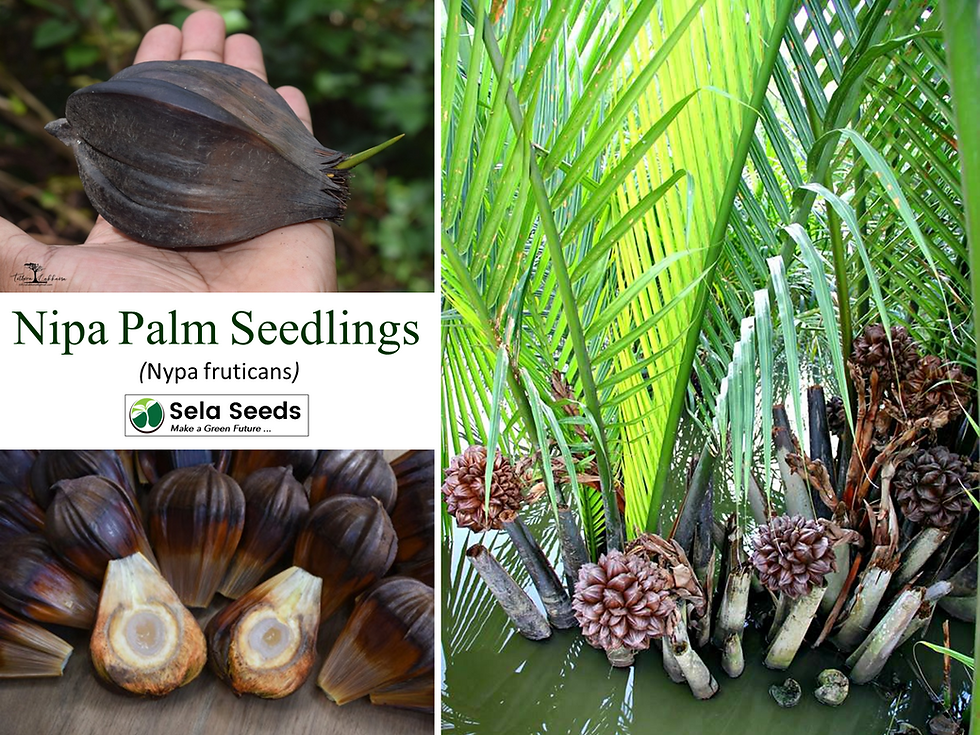Agarwood Plants (Aquilaria crassna) Rare oud
Plants Size : 4"- 6" Inches
Aquilaria crassna is an evergreen tree with an open crown; usually growing 15 - 20 metres tall but with exceptional specimens to 30 metres.
The bole is 40 - 60cm in diameter, exceptionally to 100cm.
The aromatic resin obtained from this tree is one of the most famous and most expensive on the planet. It has a very long history of use in religious ceremonies, at funerals etc in the Orient and is widely sought after as an ingredient in perfumery. Commonly harvested from the wild, it is also to some extent cultivated; it is frequently planted around temples, houses and home gardens, whilst large scale industrial plantations have been initiated in Vietnam.
Medicinal
The root has medicinal uses.
Agar wood, or the resin contained in it, is stomachic and tranquilizing.
It is used in Ayurvedic medicine to treat a wide range of mental illnesses, it is a remedy for nervous disorders such as neurosis, obsessive behaviour and exhaustion and is believed to drive evil spirits away.
It is also used to treat asthma, chest congestion, colic, diarrhoea, diuretic, kidney problems, nausea, thyroid cancer, and lung tumours.
The wood of this species is one of the three ingredietns of a popular Thai rejuvenative and blood tonic known as 'TriSuraPhon'. The other two ingredients are the wood of Cimmamomum parthenoxylon and the bark of Cinnamomum bejolghota. The tonic is said to have a wide range of beneficial effects upon the general health, the individual components having been credited with diverse beneficial properties including antioxidant, anti-ischemic, antimicrobial, anticancer, hypoglycaemic, and hypolipidemic
Trials have shown that this tonic can help to normalize lipid levels in overweight individuals, also reducing highly atherogenic LDLC levels and increasing beneficial HDL-C levels
Other Uses
Agar wood is the rare and famous, resin-containing heartwood that is produced mainly from old and diseased trees of several members of this genus.
In trade a distinction between the wood from these species is rarely made.
The fragrance produced by the burning agar wood has been highly valued for thousands of years, and its use as incense for ceremonial purposes in Buddhism, Confucianism and Hinduism is widespread throughout eastern and southern Asia. In Thailand it is put into funeral pyres, while in Japan, the incense is used in tea ceremonies.
Wood only partly saturated with resin but still fragrant, and occasionally also the wood remaining after distillation, is made into sticks called 'joss-sticks' or 'agarbattis' which are burnt as incense.
The incense is also used as an insect repellent.
Agar-wood oil is an essential oil obtained by water and steam distillation of agar wood. It is used in luxury perfumery for application in e.g. oriental and woody-aldehydic bases, ‘chypres’ and ‘fougères’. It produces interesting odour notes with clove oil, e.g. in carnation bases. The oil is so rare and expensive that it is only produced on request.
Agar-wood oil is a yellow to dark amber, viscous liquid with a characteristic balsamic and woody odour. Its aroma has some resemblance with vetiverol or styrax and has a sweetness similar to that of sandalwood oil. Its odour is long-lasting and exhibits a good tenacity in applications.
The roots are used for incense and cosmetics.
A fibre is obtained from the bark.
It is used for hammock making, clothing articles and paper pulp.
The wood is soft and very fragrant, consisting of irregular patches of dark wood in which heavily scented oleoresins are concentrated.
Undamaged wood that is only lightly fragrant is used for general furniture, round wood, plywood, posts, stakes, sawn or hewn building timbers, for light construction, carpentry/joinery, containers, crates, musical instruments etc.
The wood is sometimes used for fuel and charcoal.
top of page
$0,00Prezzo
Prodotti correlati
bottom of page
































